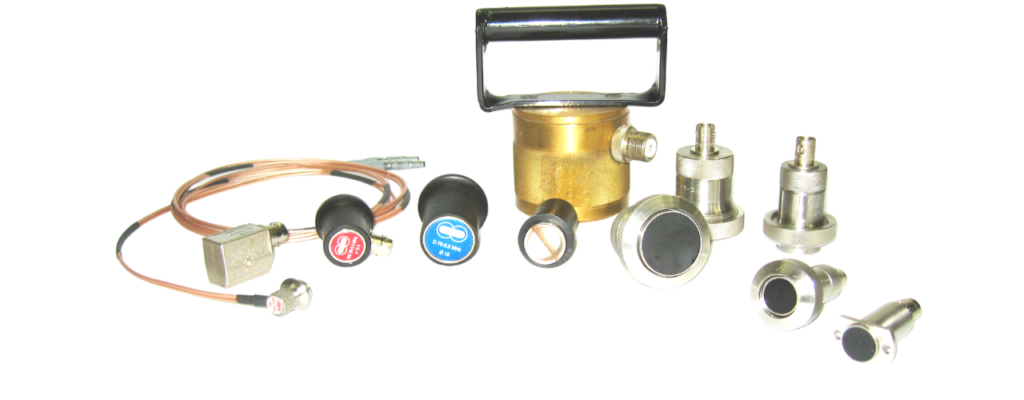
Ultrasonic transducers are vital part of any cleaning and testing process for industrial plants. Selecting the right one for specific application relies on several factors. The primary reason for selection is the instrument/equipment which needs to be cleaned. The conodonts of the environment, settings and material properties also matter. The ultimate choice of any transducer depends on its reliability to reach the sensitive parts to be cleaned.
RTUL Group has more than 4 decades experience in helping customers choose the right ultrasonic transducer for cleaning. As a reputed transducer manufacturer and supplier in the global market, our aim is to provide the best devices for improved performance.
This blog throws light on some technical notes that help owners to understand the commercial uses and purposes related to ultrasonic transducers.
Key takeaway
- What makes Ultrasonic Transducers ideal for non-destructive testing?
- The process involved in ultrasonic transducer for cleaning
- What impacts the cleaning process?
What makes Ultrasonic Transducers ideal for non-destructive testing?
The shorter wave lengths of ultrasound make it suitable to identify minor flaws. They can be used for measurement of materials as well. A typical transducer can receive vibrations and also generate them as required for an application. It contains an active element (piezoelectric/single crystal), support or backing, and a wearplate. Energy is converted and emits from a flaw detector.
The backing has a thick material to control the vibration of the crystal. The wearplate is used for protecting the piezoelectric transducer. They also act as a barrier to corrosion and wear & tear.
The process involved in ultrasonic transducer for cleaning
With the ultrasonic waves and a simple cleaning solution it is possible to sterilise several sensitive items and also heavy duty equipment in factories. Grease, dirt, oily particles and other contaminants can be removed. The use of ultrasonic transducer for cleaning has simple technique. The process has several benefits which can enhance commercial cleaning operations.
There are three steps which are applicable.
- Cavitation
- Implosion
- Agitation
Cavitation is done with high-frequency sound waves. It induces a pressure change in the cleaning solution which creates microscopic bubbles. It produces heat and energy.
Implosion occurs when ‘bubbling’ begins at the substrate of the equipment being cleaned. Shock waves remove the persistent dirt or grease. The bubbles are extremely small and travel through a fluid or cleaning solution. They reach the sharpest edges or crevices where manual cleaning is not possible.
Agitation is the final stage when the dirt and debris are carried away and completely dislodged from the part being cleaned.
What impacts the cleaning process?
In order to ensure that the cleaning process is successful it is important to understand four factors that impact its overall performance.
- Frequency of sound waves
- Power
- Cleaning solution
- Generation of heat
Higher frequency produces smaller bubbles. They are ideal for cleaning sensitive instruments and parts of a machine. For aggressive cleaning low frequency is suitable. Industries where heavy duty equipment is used require this efficiency to sterilise.
A good power supply will induce better implosion. It has a better cleaning action. High powered process can damage delicate items or parts of a machine.
The right cleaning solution is important. Chemical compounds tend to erode parts of the machine. Different cleaning solutions are required to remove debris and dirt that is stuck to the machine parts.
Heat is another important factor that impacts the results of any cleaning process. If the fluid is heated enough it can make a difference. A trained operator will introduce the heated solution at the right time. Otherwise damage is imminent or proper cleaning is affected.
If you are keen to know the right steps in the cleaning system with the right Ultrasonic transducers give us a call. Our experts can offer more technical notes and prepare you for the best results.
.png)
.png)
.png)